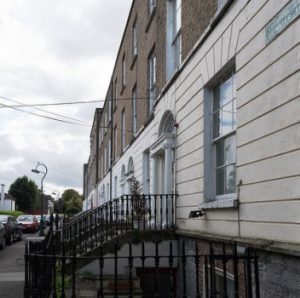
Distribution Of The Local Property Tax – How The Equalisation Fund works
24 Jan 2017Key Point
The Local Property Tax redistributes funds to Local Authorities which do not have a sufficient property tax base to generate sufficient funding for its services. This provision is called the Equalisation Fund. In 2017, it is worth over €140m in 21 of the 31 Local Authorities.
Introduction
Each Local Authority directs 20% of its LPT it collects into the Equalisation Fund (EF). It keeps the remaining 80% for local use.
The Equalisation Fund totals over €140 million for 2017. It will support the LPT income in 21 of the 31 Local Authorities. Table 1 lists the 21 Local Authorities that will benefit from the Equalisation Fund in 2017.
Table 1 –Beneficiaries of the Equalisation Fund, 2017
As shown in table 1, twelve Councils receive more than 50% of their LPT income through the Equalisation Fund (EF). Longford is the biggest beneficiary of the Fund when taken as a percentage of their total LPT allocation post-variation at 82%. This is followed by Leitrim (81%), Monaghan (73%) and Roscommon (69%).
How is the Equalisation Fund allocation determined?
To illustrate how the Equalisation Fund (EF) is calculated, Longford County Council will be used as an example.
Case Study: Longford County Council
The Local Property Tax Baseline for 2017 is the level of funding which each Local Authority requires to provide its services, as determined by the Department of Housing. It is calculated as the sum of the General Purpose Grant (from Central Government) plus the Pension-Related Deduction (pension levy), as found in 2014. It aims to ensure that no Local Authority falls below this baseline.
As shown in table 2, Longford is expected to obtain €8.8m in Local Property Tax (LPT) in 2017. The Council will collect €2m locally, direct 20% (€420,756) to the Equalisation Fund and retain 80% for local services (€1.6m). See Table 2.
Table 2 – Longford County Council – Local Property Tax and Equalisation Fund, 2017
Given that the LPT baseline in numerous Local Authorities is significantly higher than the ability of the local property base to meet these thresholds, the Equalisation Fund acts as a redistribution method similar to other taxes and benefits in Ireland.








